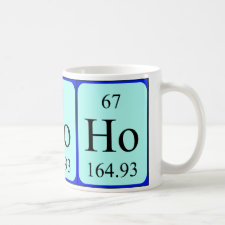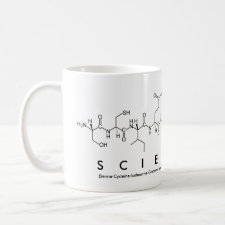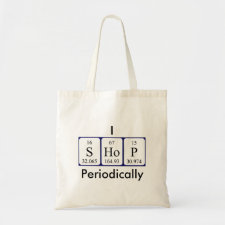
Authors: Liu YQ, Liu YG, Hu XJ, Guo YM
Article Title: Adsorption of Cr(VI) by modified chitosan from heavy-metal polluted water of Xiangjiang River, China.
Publication date: 2013
Journal: Transactions of Nonferrous Metals Society of China
Volume: 23
Page numbers: 3095-3103.
Alternative URL: http://www.ysxbcn.com/down/2013/10_en/39-p3095.pdf
Abstract: Methacrylic acid was used together with a molecular imprinting technique to modify chitosan. In addition, the adsorption kinetics and adsorption isotherms were recorded and the results were analyzed to investigate reparative adsorption for Cr(VI) from the polluted Xiangjiang River water. A comparative X-ray analysis shows that the degree of crystallization in the imprinted polymer was significantly weakened, the area of the non-crystalline region was larger. There were more adsorption sites in the imprinted polymer, and the adsorption capacity towards Cr(VI) was increased. The adsorption capacity of the imprinted polymer towards Cr(VI) increased with time and reaches saturation after 8 h. The optimal adsorption time was 4.8 h after the adsorption starting and the optimal pH value for the solution was in the range of 4.5.7.5. When the chitosan reaches saturation, the adsorption capacity achieves a state of equilibrium, and the maximum Cr(VI) extraction rate reaches 33.7%. Moreover, the adsorption capacity of the imprinted polymer towards Cr(VI) increases with increasing chitosan concentration. In this situation, the Cr(VI) extraction rate shows little variation, and the maximum removal rate can reach 98.3%. Furthermore, the Cr(VI) extraction rate increases with an increase in the degree of deacetylation in the chatoyant and chitosan, with the best adsorption effect corresponding to 90% deacetylation. Fitting the adsorption data to the quasi first- and second-order kinetic models yields correlation coefficients of 0.9013 and 0.9875, respectively. The corresponding rate constants for the two models are 0.0091 min.1 and 7.129 g/(mg·min), respectively. Hence, the adsorption using Cr(VI)-imprinted chitosan is more consistent with the second-order kinetics. Comparing the data to Freundlich and Langmuir adsorption isotherms shows that the latter has a better linear fit and a maximum adsorption capacity of 15.784 mg/g.
Template and target information: chromium ion, Cr(VI)
Author keywords: Modified chitosan, imprinting, heavy metal pollutants, Cr(VI), adsorption, removal rate, kinetic model



Join the Society for Molecular Imprinting

New items RSS feed
Sign-up for e-mail updates:
Choose between receiving an occasional newsletter or more frequent e-mail alerts.
Click here to go to the sign-up page.
Is your name elemental or peptidic? Enter your name and find out by clicking either of the buttons below!
Other products you may like:
 MIPdatabase
MIPdatabase









